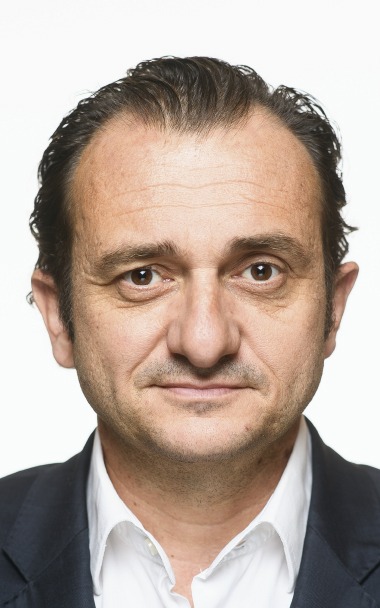With a prevalence of 4-35%, haemorrhoidal disease is the most common anorectal condition. One of the main chronic symptoms is rectal bleeding. Its recurrence can alter the quality of life and, more rarely, cause anaemia. Pain is less common, only occurring in the event of a complication (congestive exacerbation, external haemorrhoidal thrombosis, fissures). The most common treatment involves hygiene and dietary measures, phlebotonics and/or nonsurgical outpatient treatments (infrared photocoagulation, elastic band ligation).
Why do we propose embolization as the best therapeutic option?
There are many patients who suffer from haemorrhoids, but do not complain to physicians because they refuse to have endorectal treatment. The advantages of Emborrhoid over surgery is that it maintains the haemorrhoidal tissue in place, preserving anal continence, with no rectal wounds (no local care) and avoids the complications of open surgery. Other advantages of the Emborrhoid technique include:
- patients feel no pain (they can have a bowel movement right after the procedure)
- this technique is an outpatient procedure (patients can return to activity the day after embolization)
- very few complications have been reported with Emborrhoid
- the technique is easy to perform in under an hour
- embolization allows for complementary treatments, if required
There are many benefits of endovascular treatment, including complete visualization of all the branches of the superior rectal arteries and anastomoses with middle and inferior rectal arteries. Moreover, embolization clearly eliminates the risk of direct anorectal trauma.
Is the current level of evidence sufficient to adopt embolization?
The Emborrhoid technique was first described in 2014 [1]. Since then, many studies have been published.
The current literature supports the feasibility, efficacy, and safety of rectal artery embolization for chronic haemorrhoidal disease. The reported technical success rates of Emborrhoid in the literature are very high, ranging from 93% to 100%, while the associated clinical success rates range between 63% and 94%, with no major complications [2-10].
The highest efficacy of embolization has been reported with a combination of particles and microcoils. The particles allow for more distal embolization enabling more effective obstruction of the haemorrhoidal plexus and reducing the recurrence rate while preserving normal flow in the IRA anastomosis. The optimal choice of the embolization agent depends on the practices of the interventional radiology team. The current evidence is not enough to recommend particle embolization over coil embolization.
Recurrence of bleeding is the main cause of clinical failure and can be treated with repeated embolization as needed. Alternatively, concomitant embolization of the SRA and the middle rectal artery (MRA) in a single session should be considered when the MRA is of a significant size (hypertrophic MRA). This procedure is highly effective with no increase in complications. Embolization of the MRA, in addition to the SRA, could reduce the risk of recurrence, thus avoiding repeated procedures in the long term.
Haemorrhoid embolization practice requires a multidisciplinary approach with collaboration of proctologists and visceral surgeons. If outpatient treatment without pain can be offered, I believe more patients will seek medical care for haemorrhoidal disease.

